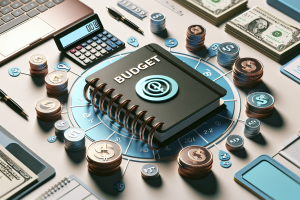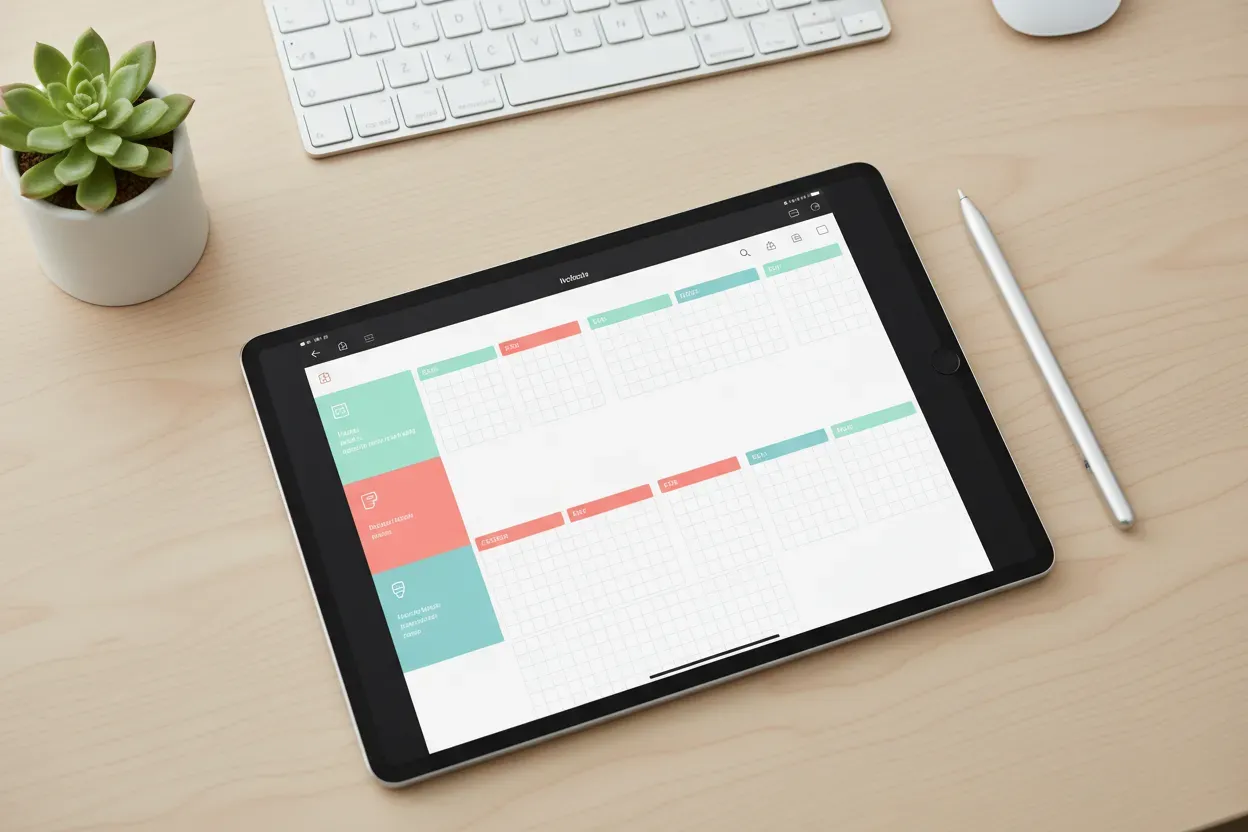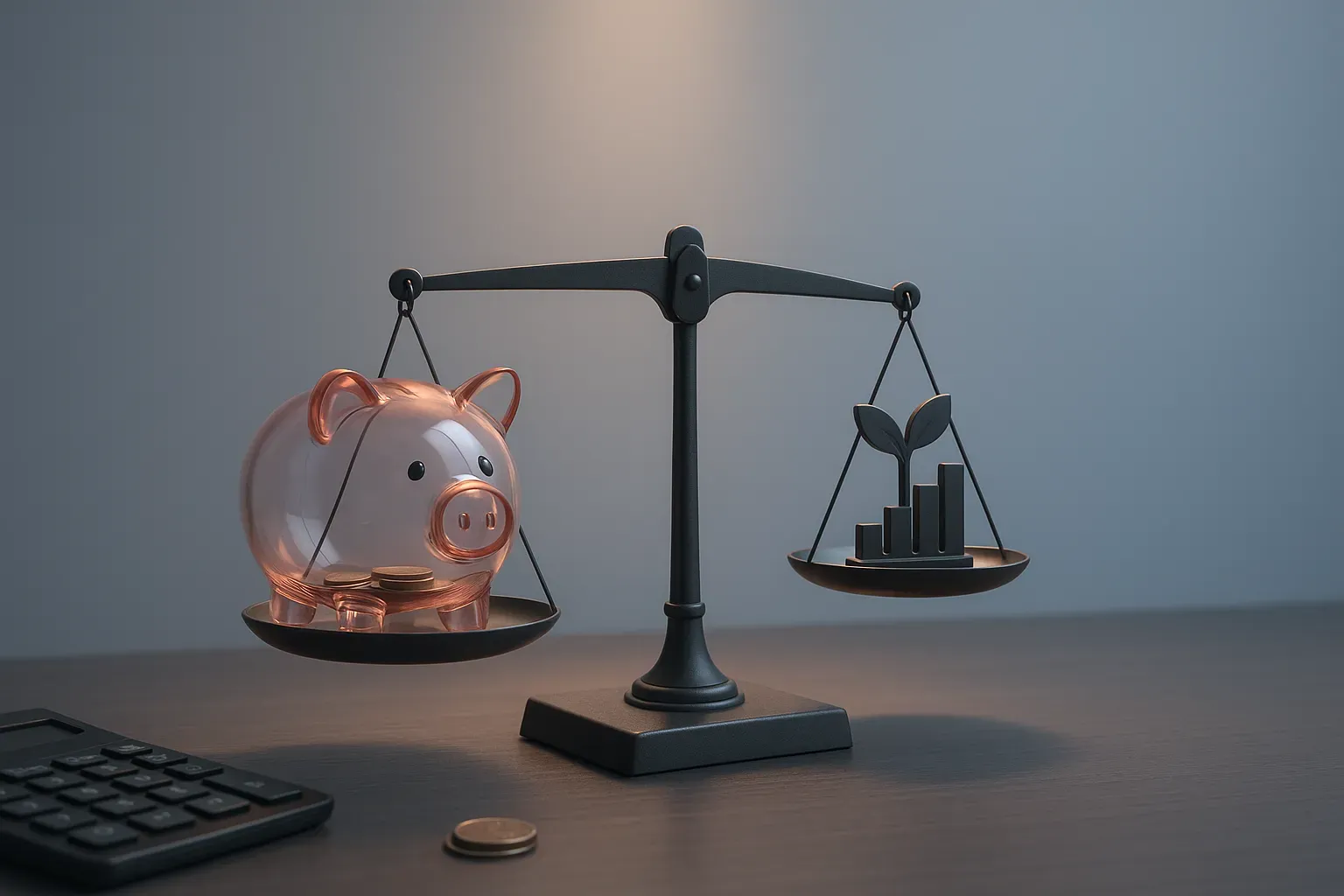How to Balance Short-Term Needs vs. Long-Term Financial Goals
Balancing short-term financial needs with long-term goals is a challenge many face in today’s economic climate. This article presents practical strategies, backed by expert insights, to help readers achieve financial equilibrium. From prioritizing stability to automating savings, these approaches offer a roadmap for securing both present needs and future aspirations.
- Prioritize Stability While Investing in Future Growth
- Automate Savings to Balance Present and Future
- Budget Wisely to Secure Today and Tomorrow
- Balance Operational Costs with Long-Term Investments
- Protect Service Quality While Planning for Growth
- Follow the 50/30/20 Rule for Financial Balance
- Build Emergency Fund Before Long-Term Goals
Prioritize Stability While Investing in Future Growth
Clear planning and strict prioritizing are necessary to strike a balance between immediate financial requirements and long-term objectives. To maintain stability, I start by ensuring that short-term requirements, such as salary, rent, and inventory, are met. At the same time, I set aside a portion of my earnings for long-term expenditures, such as growth strategies or technological advancements. By establishing precise financial benchmarks and regularly assessing budgets, my approach prioritizes present stability over potential growth. The secret is to maintain flexibility and stick to the larger goal of long-term success while modifying spending in response to performance.
 Dhari Alabdulhadi
Dhari Alabdulhadi
CTO and Founder, Ubuy Qatar
Automate Savings to Balance Present and Future
I use a straightforward approach that takes into account both short-term requirements and long-term objectives to balance immediate and future finances. In order to establish stability and avoid needless worry, I first make sure that all of my critical monthly costs are covered. After the necessities are met, I automatically allocate a certain portion of my income to long-term goals before I can use it for other purposes. Rather than relying on willpower every month, the key is to automate this process.
This strategy works because it establishes a natural hierarchy of financial priorities, with current needs coming first, then steady investments in future security, and finally, using what’s left over for discretionary spending. The automation ensures consistent progress toward all financial objectives while relieving the mental strain of ongoing financial decision-making.
 Khurram Suhrwardy
Khurram Suhrwardy
Founder, Caption Easy
Budget Wisely to Secure Today and Tomorrow
Balancing short-term financial needs with long-term goals really comes down to proper budgeting of your monthly income. I always start by breaking down my income into categories: essentials (like rent, groceries, bills), short-term needs (like unexpected expenses or small treats), and savings. By treating savings as a non-negotiable monthly expense, it becomes part of the routine—not an afterthought.
My prioritization strategy is simple: cover the must-haves first, then allocate a fixed percentage toward long-term goals like an emergency fund or retirement savings. Whatever is left can be used for flexible spending or saved for upcoming plans. This structure helps keep things balanced—ensuring day-to-day life is manageable without losing sight of future financial security.
 Piotr Zabula
Piotr Zabula
CEO, Cropink.com
Balance Operational Costs with Long-Term Investments
From my perspective, it’s a blend of rigor and flexibility. For instance, with a contemporary art gallery client, I advised them to meet their immediate operational costs while setting aside a portion for long-term investments. I believe in maintaining a robust financial cushion for unforeseen events, but not at the expense of the present. It’s about striking a delicate balance between survival and growth.
 Jan Van Zeeland
Jan Van Zeeland
Deputy Editor, Dusty Mag
Protect Service Quality While Planning for Growth
In our business, immediate needs like equipment repairs or emergency jobs can’t wait. However, I always keep a close eye on the bigger picture, such as investing in new technology and staff training. I prioritize by asking if a decision protects both today’s service quality and tomorrow’s growth.
Risk analysis is a big deal for me. I will stop pursuing short-term profits if they damage our long-term reputation. Flexibility is also important. We adjust when needed, but the goal is always to be the most trusted mold removal team around, both now and in the future.
 David Struogano
David Struogano
Managing Director and Mold Remediation Expert, Mold Removal Port St. Lucie
Follow the 50/30/20 Rule for Financial Balance
The best way to satisfy short-term needs while still working toward long-term goals is to budget and distinguish between necessary expenses and potential savings. One suggestion is to create a budget based on the 50/30/20 rule, where 50% of income is allocated for needs, 30% for wants, and 20% for savings (including retirement). Once someone gets the hang of the first few steps, it’s easy to prioritize. One has to pay expenses, save to create an emergency fund, and then consistently contribute to retirement/investment accounts. These goals should be reassessed every year to remain on track or adjusted should life changes occur.
 Brent Weiss
Brent Weiss
Head of Financial Wellness, Facet
Build Emergency Fund Before Long-Term Goals
I start with the basics, which is setting up an emergency fund. It’s important to ensure that everyone is protected by having enough savings to cover three to six months of necessary living costs in a high-yield savings account. This is my safety net for those unexpected life events, like job losses, medical emergencies, or sudden home or car repairs. Without this fund, you might find yourself withdrawing from retirement savings or accumulating debt, which can negatively impact your financial goals for years.
Having that emergency buffer is really important. It keeps short-term setbacks from derailing your long-term plans.
So, simply put, I would prioritize your safety net. Make regular, smaller contributions to your emergency fund instead of pursuing high-risk investments or making large purchases right away. Once you have built a solid foundation with a fully funded emergency reserve, then you can shift your focus to longer-term ambitions. Whether it’s planning for retirement, buying a home, or setting aside money for your child’s education, this approach keeps your financial future secure and protected from unexpected hurdles.
 Alex Langan
Alex Langan
Chief Investment Officer, Langan Financial Group







































